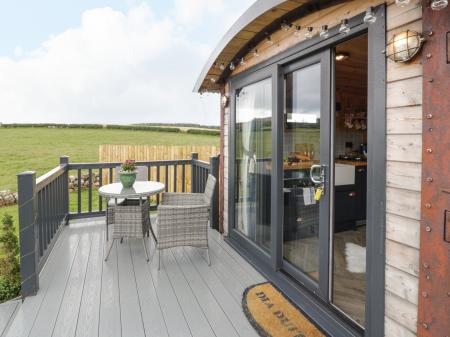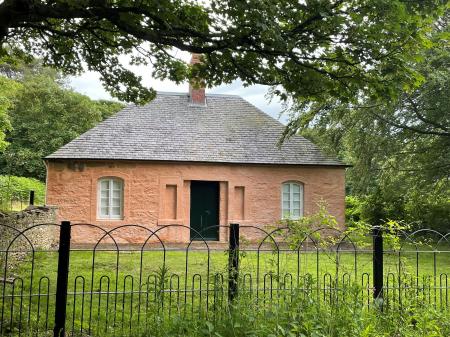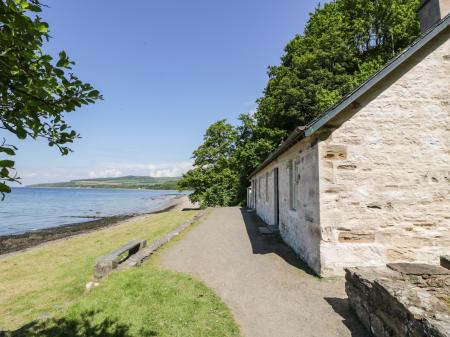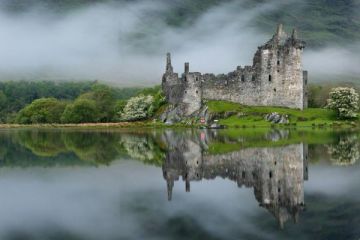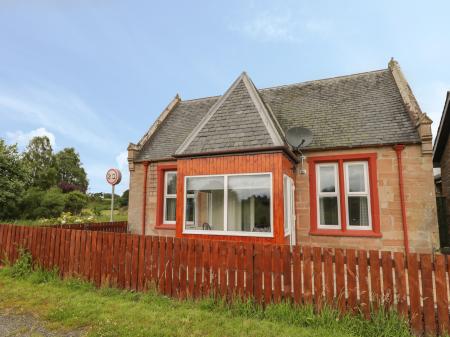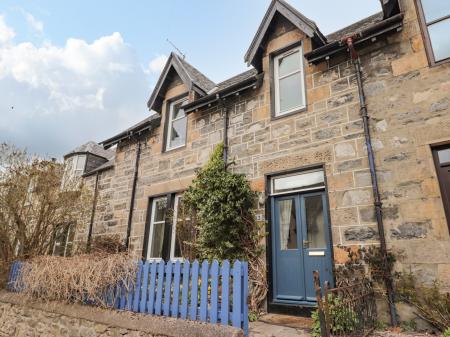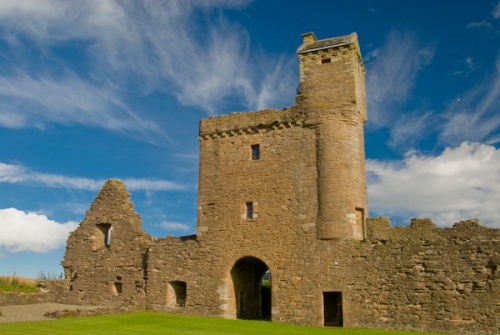
The founding monks came from Paisley Abbey, the only other Cluniac monastic house in Scotland.
The site chosen for the abbey may have special significance; the name 'Crossraguel' loosely translates as ‘the cross of Raighail’. Raighail was an Irish saint, known variously as St Rule and St Regulus.
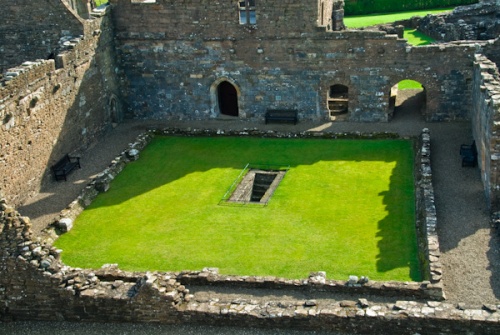
It is possible that there was a prayer cross associated with Raighail on this spot from well before the 10th century. A similar prayer cross, found at Barochan, can now be viewed inside Paisley Abbey.
The abbey's early years were beset by squabbles with its mother house at Paisley over who should control the sizeable bequest made by the Earl of Carrick. In the late 13th century the Earldom passed to Robert the Bruce, whose grandfather had married a granddaughter of Earl Duncan.
During the Scottish Wars of Independence the monks of Crossraguel were loyal to Bruce, and the abbey was badly damaged by his enemies. Due to the damage sustained at this time the only surviving 13th-century work of any significance is the south wall of the church nave.
However, the later 15th-century architecture is of the very highest order, particularly the choir, which boasts a beautifully carved sedilia. The 15th-century chapter house, just off the cloister, is almost intact.
Beyond the cloister are domestic buildings including the gatehouse and early 16th-century tower house erected by Abbot William Kennedy.
The remains at Crossraguel are extremely impressive and well worth a visit.

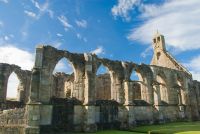

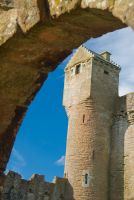

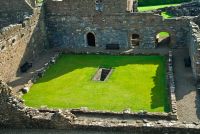

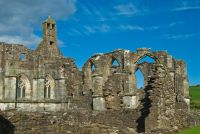
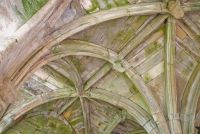
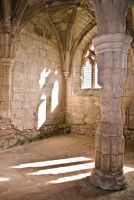
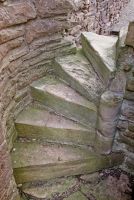
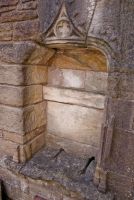
 We've 'tagged' this attraction information to help you find related historic attractions and learn more about major time periods mentioned.
We've 'tagged' this attraction information to help you find related historic attractions and learn more about major time periods mentioned.